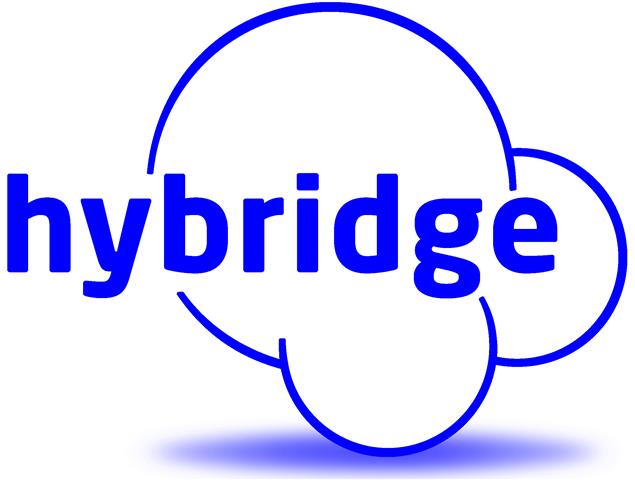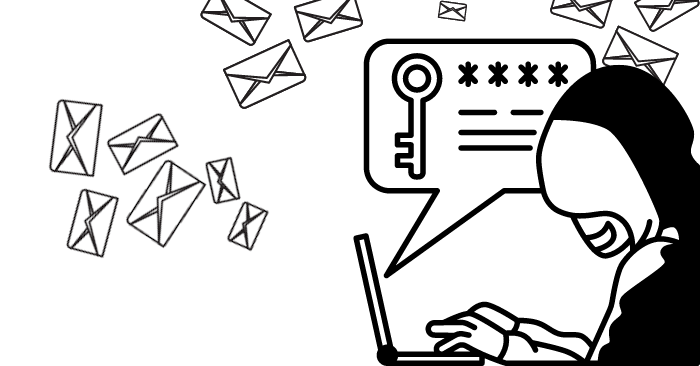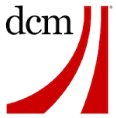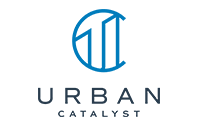You may have seen the news that, as of next month, Google and Yahoo are now requiring bulk email senders to have DKIM and DMARC records set up for their email. This is a long overdue good thing in the fight against spam.
But should you care, and do you need to do anything about it?
The fundamental problem with email (and most electronic communication methods) is anyone can put whatever they want as the “from” address of an email. Just like you can write any return address on the top left of an envelope you mail through the postal service, you can put whatever you want as the “from” address on an email, even someone else’s email address.
The acronyms SPF, DKIM, and DMARC stand for different but complementary ways to address this problem. They do this by enabling recipients to check whether a given sender actually sent the message or not and provide directions from the sender on what to do with emails that are questionable.
All Hybridge clients have SPF set up, and most have DKIM. DMARC is a reporting and control framework that leverages SPF and DKIM, but for DMARC to work effectively, a subscription to an email reporting service is required to see how many emails and from what senders are being blocked. This is important to make sure all senders you want to send “as” you make it to the intended recipient. For example, your newsletters, emails from your fund administrator, from your Zoom, if you white labeled it, need to be tracked and correctly authorized to be able to pass through spam filters.
Hybridge uses Dmarcian for this, subscriptions are $20/month/domain name and setup takes an hour or two. If you send significant numbers of emails, please contact us so we can work through the process of setting up DMARC with you this month.
Share this blog:









